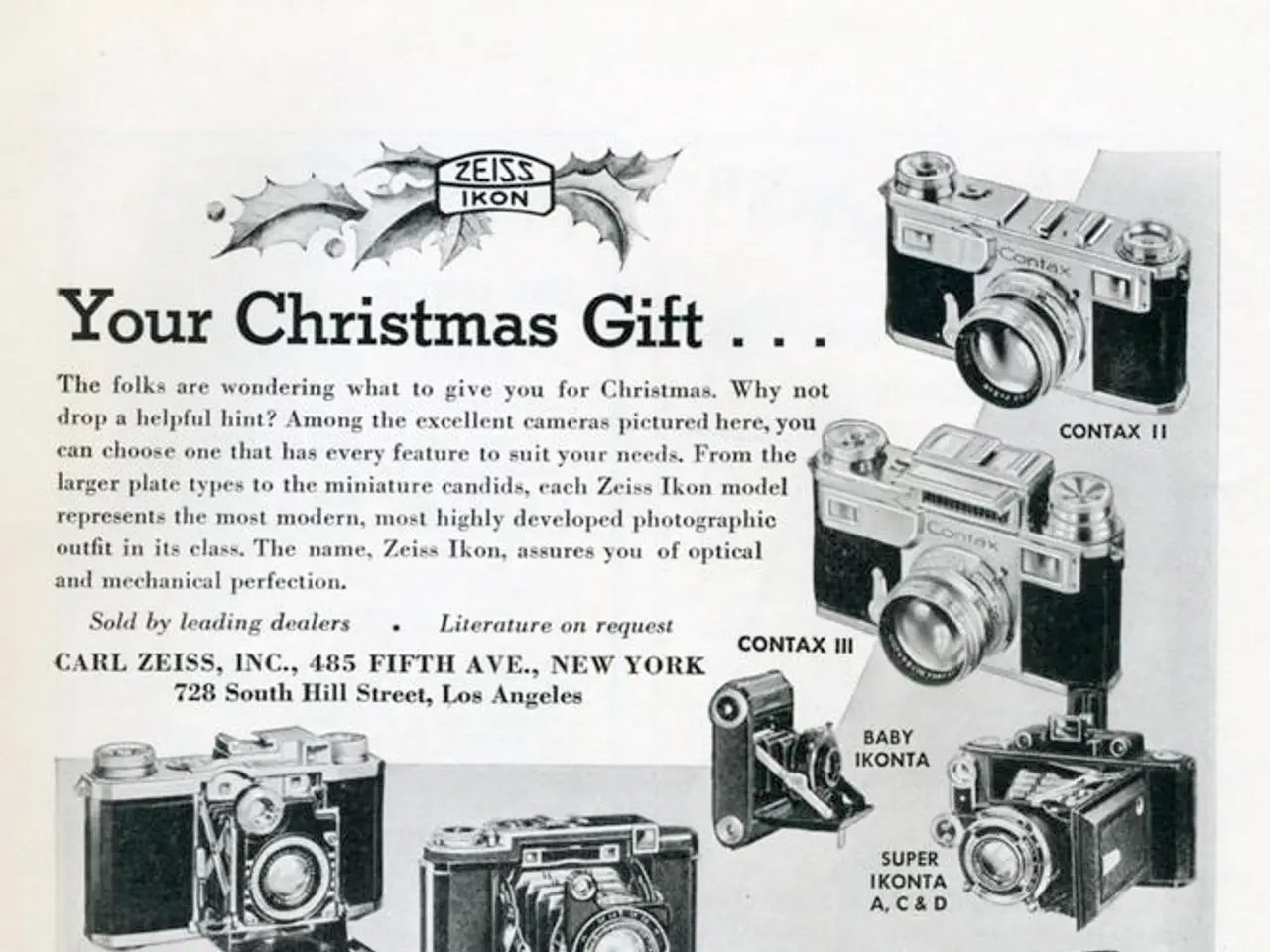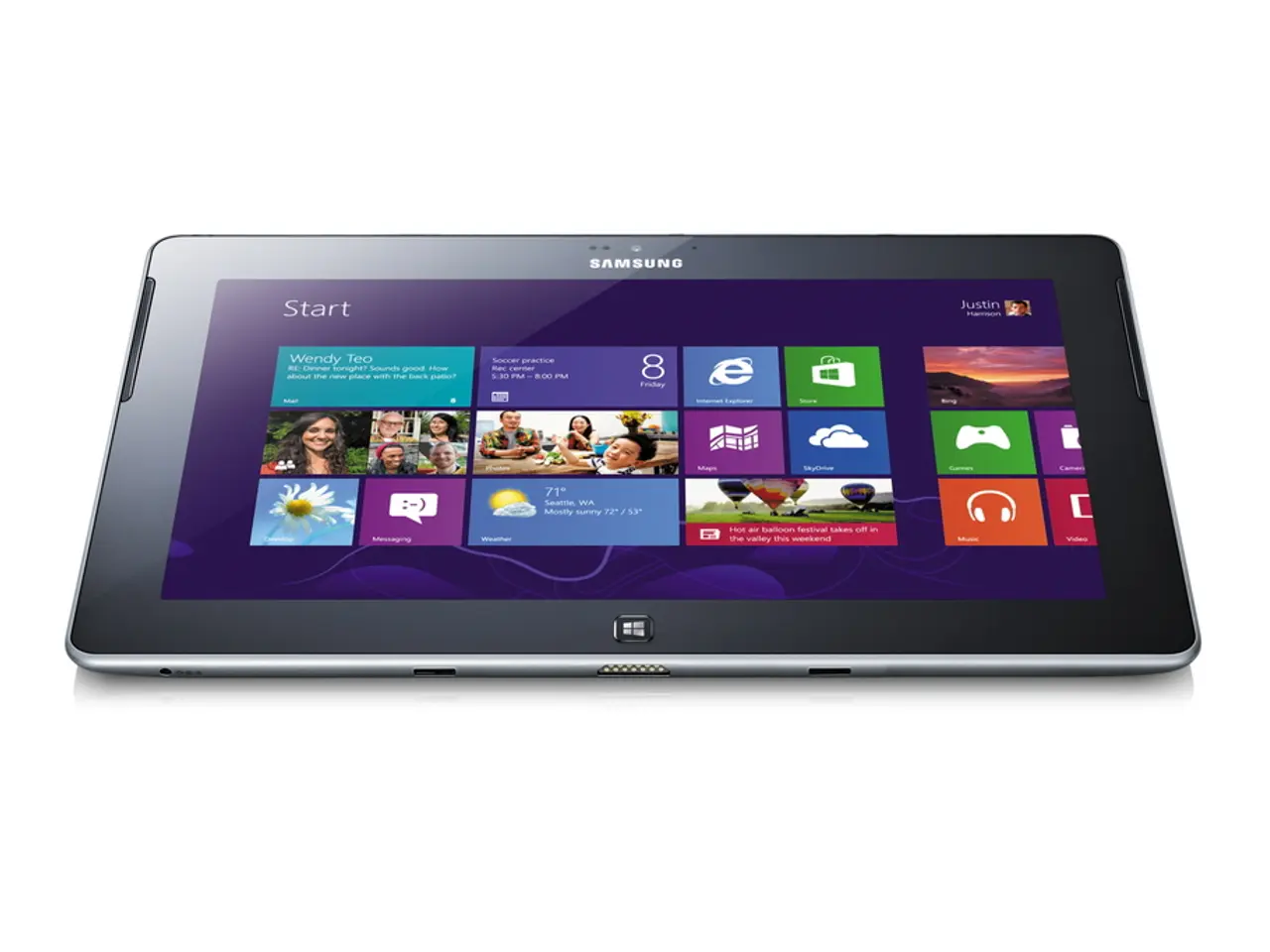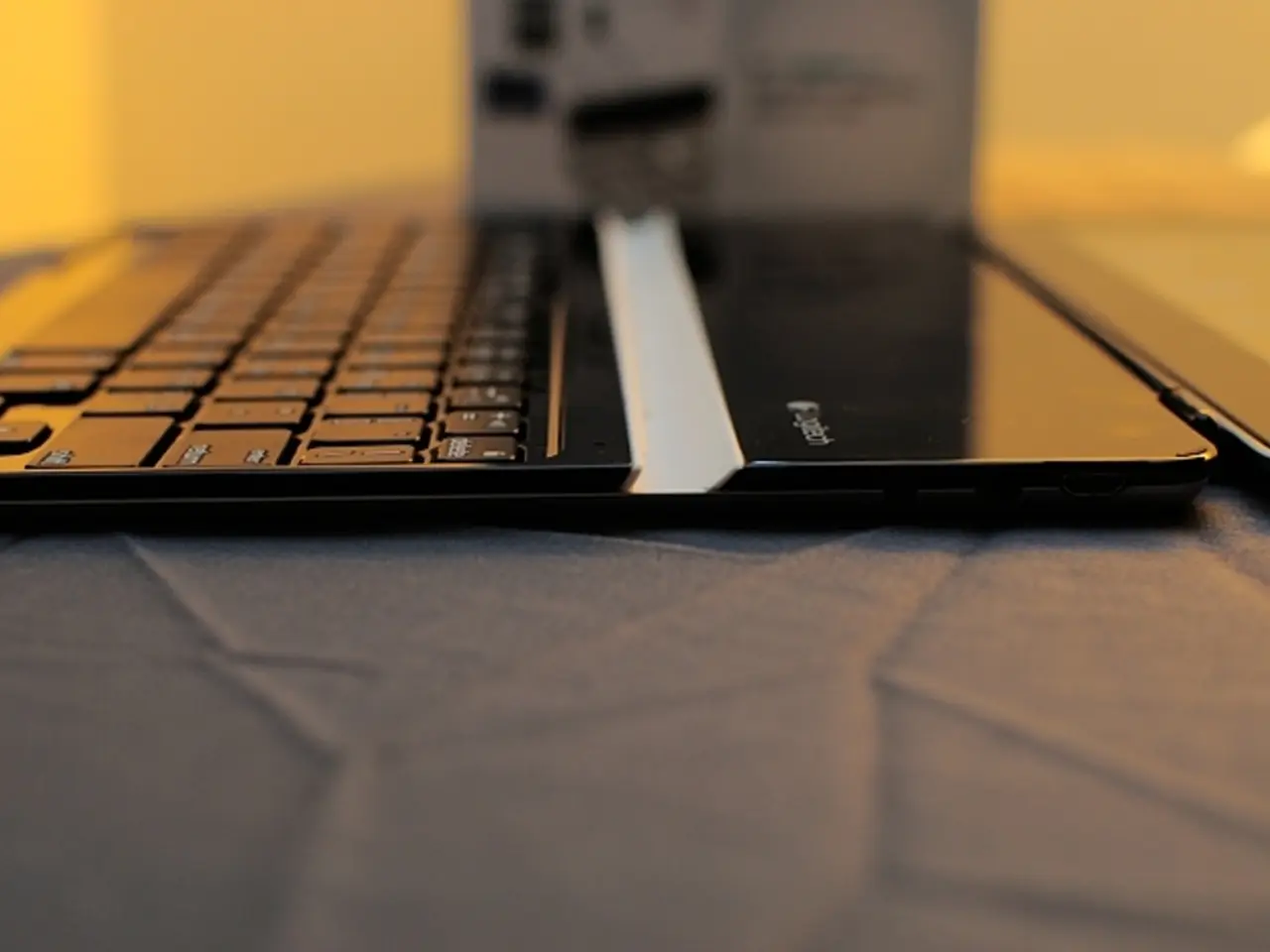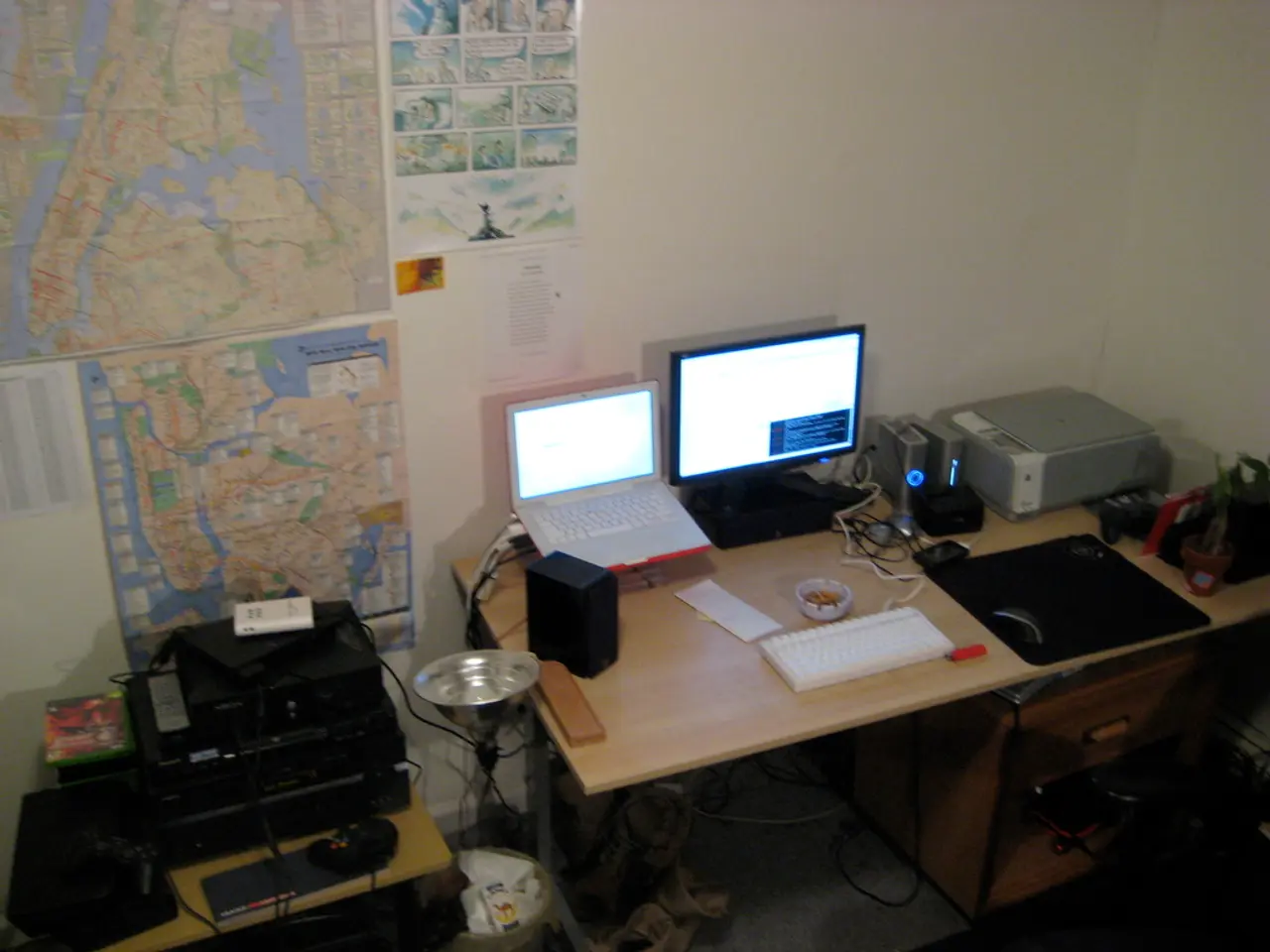Underwater Testing Unveils Sony A7C's Performance and Capabilities
The Sony A7CR Camera is the mini variant of the brand's top-tier high-resolution photo camera, the Sony A7R V. This innovative device boasts a 61 megapixel full-frame sensor, all crammed into a compact APS-C sized body, priced at just $2999. The weight and space savings that come with its smaller size make it a perfect choice for traveling photographers.
For underwater photography, the Ikelite A7CR housing and Nauticam's A7CR housing are popular choices as they are smaller than their full-frame counterparts, requiring smaller ports to reduce travel weight significantly. Both these housings are compatible not just with the A7CR, but also with the lower-resolution Sony a7C II, providing a cost-effective upgrade path for photographers who aren't ready to step into high-resolution cameras yet.
Last month, we got a chance to dive with Ikelite and Diving Catalina on Santa Catalina Island, Calif., using the Sony a7C R in combination with the LAOWA 10mm rectilinear wide-angle lens. After an extensive underwater shooting experience with the Sony A7R V, we found the A7C R to be strikingly similar. Even without reading the manual or taking the camera out of the housing, we were more than ready to jump into the water with it.
Although there are some minor differences between the two cameras, such as video recording capabilities, card slots, and flash sync speed, most underwater photographers considering the Sony A7CR will focus on the size savings and travel-friendliness of the device rather than the price difference between it and the A7R V.
One of the outstanding features of the Sony A7C R is its superior image quality, produced by the world's highest resolution full-frame sensor. The enhanced detail makes for a perfect photo, but requires absolute precision in your in-water photography set-up to achieve the desired impact. The camera's superior dynamic range ensures that details from shadows to highlights are preserved, even in high contrast lighting conditions.
The Sony A7C R's high-performance autofocus system, featuring dedicated AI autofocus processing, provides swift, accurate focus in virtually any lighting situation. While test-diving, we experienced primarily positive results, with a few instances where focus accuracy may have been slightly less than Sony's larger full-frame cameras. However, the focus system proved to be highly effective when shooting wide-angle, preventing the slightest chance of missing an underwater photograph.
In terms of design, the Sony A7C R boasts a compact yet durable body, weighing just 430 grams. The lightweight construction is complemented by a dedicated, ergonomic design that will be familiar to those upgrading from other Sony cameras. The camera is equipped with a single UHS-II SD card slot, while it would have been nice to see an additional CFexpress card slot as found in the A7R V. Another potential drawback is the smaller size of the electronic viewfinder, which might not be suitable for use underwater.
Underwater videography is also amazing with the Sony A7C R, as it boasts fantastic 4K footage capabilities, including the ability to shoot at a maximum frame rate of 60 frames per second. The in-body image stabilization system is impressive, while the in-camera video features are identical to those on other Sony cameras, including the ability to record in S-Log3 and handle LUTs.
If you're in the market for the finest image quality, size, and price in a single device, and you don't mind shooting using the LCD rather than the viewfinder, the Sony a7C R is the ultimate choice for you. This camera is an excellent alternative to the Sony a7R V for underwater photographers who don't need to film with 8K video, as the image quality will remain the same.
Two underwater housing options are currently available for the Sony a7C R: the Ikelite A7C R polycarbonate underwater housing and the Nauticam A7C R anodized aluminum housing. Ikelite's A7C R housing offers exceptional value due to its recent updates and dry lock micro housing design, resulting in a lighter, more compact unit. On the other hand, Nauticam's A7C R housing is a perfect option for photographers looking to pair wet wide-angle and macro lenses with the 28-60mm kit lens and flat port, making for a versatile system that can shoot wide angle and macro simultaneously.
- The compact Sony A7CR Camera is ideal for travel photographers venturing into underwater photography, as it can be housed in Ikelite or Nauticam's smaller housings, reducing travel weight significantly.
- Underwater photography enthusiasts considering the Sony A7CR will prioritize its size savings and travel-friendliness over the price difference when comparing it to the A7R V.
- The Sony A7CR's superior image quality, achieved through the world's highest resolution full-frame sensor, demands precise in-water photography set-up for optimal results.
- The Sony A7CR's high-performance autofocus system, with dedicated AI autofocus processing, delivers swift and accurate focus in virtually any lighting situation, although it may slightly underperform compared to larger full-frame Sony cameras.
- The Sony A7CR's compact yet durable body, weighting just 430 grams, is enhanced by an ergonomic design familiar to users upgrading from other Sony cameras, though it features a single UHS-II SD card slot instead of the A7R V's CFexpress.
- The Sony A7CR excels at underwater videography, offering fantastic 4K footage capabilities, in-body image stabilization, and in-camera video features similar to other Sony cameras.
- If you seek the finest image quality, size, and price in a single device, the Sony a7C R is the ultimate choice, especially for underwater photographers who don't need to film with 8K video, as the image quality will remain the same.
- Ikelite's A7CR polycarbonate underwater housing offers excellent value due to its recent updates and dry lock micro housing design, resulting in a lighter and more compact unit.
- Nauticam's A7CR anodized aluminum housing is perfect for photographers seeking a versatile system that can simultaneously shoot wide angle and macro using wet wide-angle and macro lenses with the 28-60mm kit lens and flat port.
- A strong guide to using the Sony A7CR for underwater photography would be essential, as the camera's superior dynamic range, focus system, and technology merit comprehensive understanding to achieve the best possible results.




